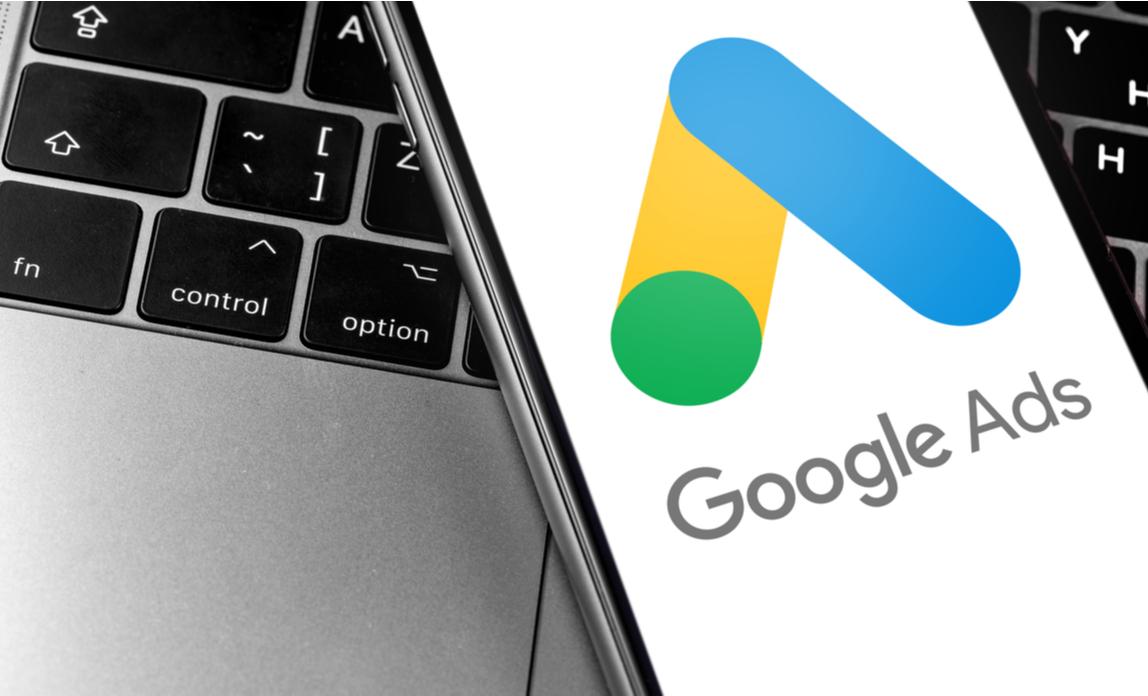This article will be a basic introduction to google adwords. How effective it can be and how it works. Through its search engine platform and partner websites, Google established the advertising system known as AdWords to assist businesses in reaching their online target markets. After a user searches for terms and phrases associated with a company and its goods or services, these partner sites host a text or image advertisement that shows on the page. You can purchase advertisements on Google and Google’s search partner sites using the AdWords service. You can use AdWords to have your website appear above, beside, or below the natural search results on search engine result pages (SERP). The page that appears when you enter a search term into Google is known as a SERP.
basic types of Google Ads
There are three basic type of google ads. We have the:
Search Network campaigns
These ads, which are often text ads, may appear on Google Search results pages when someone searches for goods or service that you offer.
Display Network campaigns
These advertisements, which are typically in image form, show up on websites or apps used by your clients. The responsive display ads, Gmail ads, and uploaded image ads are the three different categories of display advertisements. While all three ad forms are useful and can support various marketing strategies, responsive display advertisements, according to Google, have the greatest reach of all.
Video network campaigns
These advertisements, which often last 6 to 15 seconds, play just before or during YouTube content. There are several sorts of video advertisements, including in-stream, non-skippable in-stream, in-feed, bumper, outstream, and masthead.
How does Google Ads work?
Google Ads works by showing your advertisement when people conduct internet searches for the goods and services you provide. Google Ads assists in placing your advertisements in front of potential clients at precisely the right time they are ready to take action by utilizing clever technologies. You begin by deciding on your objective, such as increasing website traffic or phone calls to your company. The geographic area where your advertisement should be displayed is the next step. It could be a tiny area surrounding your firm or much larger, such as whole cities, counties, or nations. You’ll then create your advertisement and decide on your monthly spending limit.
Once your advertisement is accepted, it will start to show up whenever consumers in your target market look for similar goods or services. You only get paid when people interact with your advertisement, such as by clicking it or calling your company.
How effective is Google AdWords?
Recent years have seen a significant growth in the recognition of Adwords’ effectiveness, which has contributed to Google Ads’ enormous rise in popularity. In fact, the ad network now accounts for the majority of Google’s yearly earnings, bringing in a staggering $116.3 billion US in 2018. It costs nothing to create an account. Only when your clients take action, such as clicking your ad to visit your website or give you a call, will you get charged. You can monitor the effectiveness and costs of your advertising.
Features of an Effective Ad
1. It’s crucial to pick the appropriate keywords while writing adverts. These are the terms that a potential consumer is most likely to look up while looking for a company or product. Ads will be more likely to be seen by the most appropriate audience by using relevant keywords and categorizing them.
2. Make a compelling advertisement that is easy to notice. In order for potential customers to visit an advertiser’s website, it must first speak to the audience.
3. One of the aspects that will make your advertisement convert is the landing page. After clicking the advertisement, a potential customer will land on this page. A good landing page will answer the questions that the prospective customer has.
4. While Google Analytics reveals how much time users spend on a site after clicking an ad, Google Ads will show how many people saw an ad and clicked it. A good conversion rate depends on how your ad was being set up.
New Features for Google Ads
There are many new features available within Google Ads, including:
- Products Suggested by Google Merchant Center. Google will suggest products that can be purchased in a store when using Google Shopping advertisements through a Google Merchant Center account.
- Tool for Ad Preview and Diagnosis. This is accessible through a Google account’s Tools section. It displays popular searches and informs advertisers of any issues with their campaigns. It also provides information on how to improve underperforming ads.
- Shoppable Images function better with adverts, according to studies on Google Images ads. Users will be able to inspect a product and its pricing through this upcoming feature before being led to Google Images to make a purchase.
- Scripts and automation for Google Ads. Advertisers are able to load and employ specific scripts that can continuously carry out particular operations. A campaign will end automatically if any sites are down, as some scripts can check for this. Others can determine whether a quality score is below a predetermined threshold, in which case the budget for that campaign will be cut.
Google terms
Pay-per-click
According to the “pay-per-click” model of Google AdWords, an advertiser only pays when a visitor clicks on their advertisement and is then forwarded to their website. AdWords allows advertisers to generate as many advertisements as they like for no cost, and you can then select pertinent keywords to promote your company. When users enter your defined keywords in a search, AdWords subsequently displays your advertising on Google. Your chances of having a successful ad campaign increase with the amount you are willing to bid on a certain keyword.
Campaigns
You may establish campaigns and ad groups in AdWords to handle various campaign kinds. A product campaign and a content campaign, for instance, might each be controlled independently. You can organize your ads and keywords into ad groups inside each campaign. Your entire campaign is in your hands. Everything, including ad content, ad formats, keyword selection, bidding, schedules, location targets, conversion tracking, and budgets!
You have complete power to switch up your advertising tactics. You may alter your ads at any time, and you have complete control over your budgets. Only clicks are charged. You only pay for page hits on your ads; you don’t pay for “impressions” (the number of times the ad is shown).
smart campaigns
These marketing tools are made to support small businesses in promoting their goods and services online. Smart campaigns give advertisers the freedom to select their marketing objectives and target markets. Google then applies machine learning to produce outcomes that are tailored to those objectives. Smart technology is used in these campaigns to continuously track and enhance the effectiveness of your ads, freeing up your time to focus on other business-related activities.
It’s easy to set up. Ad copy and an industry category are the only things required; Google will take care of almost everything else. Advertisers might choose to target their audience based on pertinent categories once the ad has been created. The advertisement will subsequently show up on pertinent partner websites as well as in Google search results. In contrast, Google Smart Campaigns only requires you to create one ad, choose the category that best fits your company, and pick a budget. Although you may view the keywords Google selected for you, you cannot change them (match type or bidding). You can choose your targets and some other fundamental factors (basic advertising objectives, ad scheduling), but not many others.
Conclusion
This serves as a basic introduction of Google Adwords. Google advertisements are by far the best option for businesses. Despite the fact that conversion may take some time, the outcomes are typically worthwhile. It is very much viable for a long-term commercial advertising objective.




